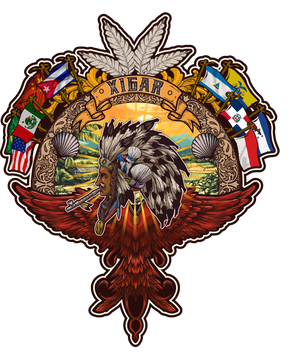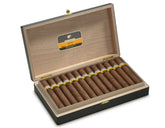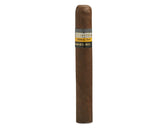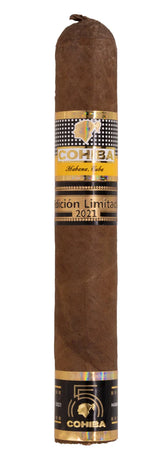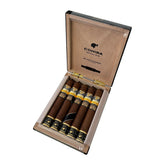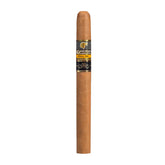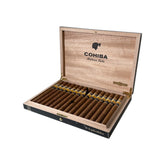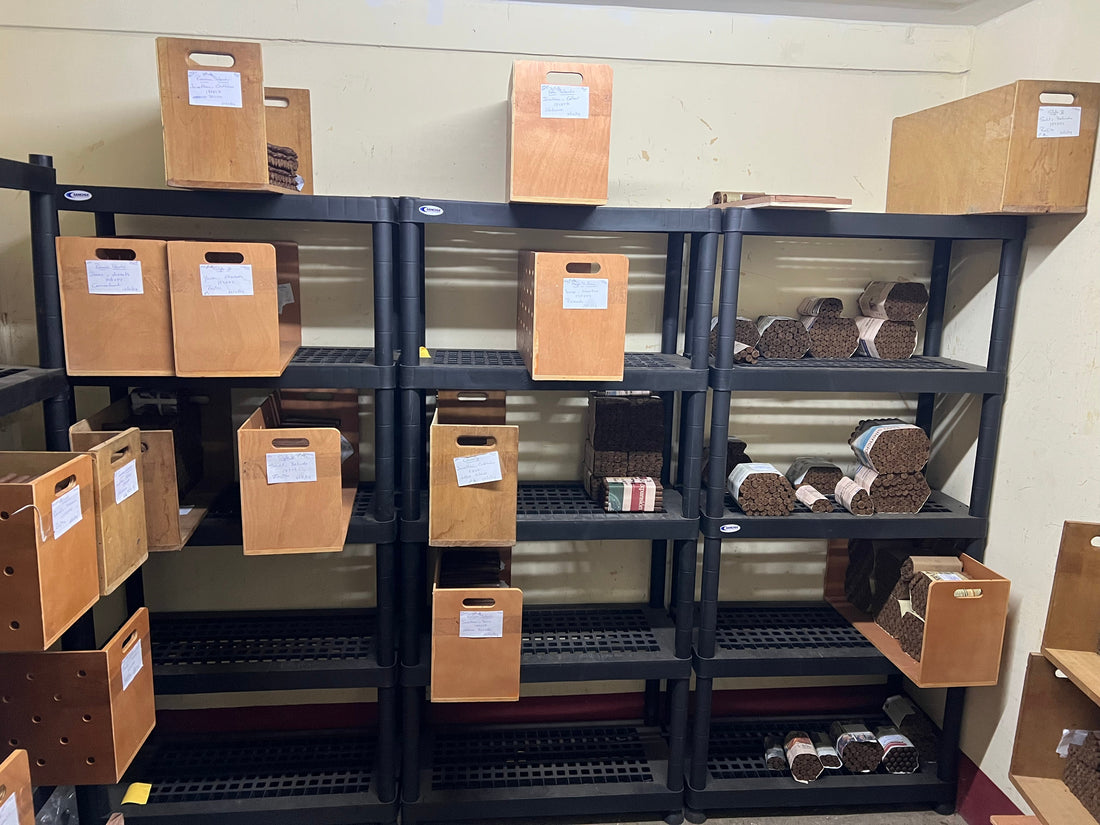Exploring the History and Culture of Cuban Cigars
Cuban cigars are not only a symbol of indulgence but also an integral part of Cuba’s rich culture. Known for their impeccable craftsmanship, unique flavors, and long history, Cuban cigars are recognized worldwide as one of the finest luxury goods. This article takes you on a journey through the history and culture of Cuban cigars, showing how they became one of the most cherished products in the world.
1. The Origins of Cuban Cigars
The history of Cuban cigars dates back to the 16th century. When Spanish conquerors introduced tobacco to Europe, the indigenous people of Cuba were already using it and rolling it into cigars. Although tobacco was cultivated and processed in Cuba, it had not yet taken the shape of the cigars we know today. Over time, Cuba became one of the world’s leading tobacco-growing regions, and cigar production rapidly advanced.
By the 19th century, Cuban cigars began to gain international recognition as a premium luxury item. With the Industrial Revolution, the craftsmanship of hand-rolled cigars improved, and their quality and flavor became more refined, making them a favorite among the global elite.
2. The Cultural Significance of Cuban Cigars
Cuban cigars are not only a vital part of the Cuban economy but also an iconic symbol of the country’s culture. They embody Cuba’s traditions and craftsmanship, becoming an essential part of national identity. In Cuba, cigars are often present at family gatherings, festive celebrations, and social events, symbolizing passion, friendship, and luxury.
For many cigar enthusiasts, Cuban cigars represent a way to enjoy life. Whether after a busy day of work or during a leisurely afternoon, lighting a Cuban cigar brings a sense of tranquility and pleasure. In Cuba, cigars are more than just a commodity; they are a cultural and historical legacy.
3. The Craftsmanship of Cuban Cigars
The process of making Cuban cigars has changed little over the centuries and still relies on traditional craftsmanship. Making a perfect Cuban cigar involves several stages, from growing tobacco to hand-rolling, and each step requires a high level of skill and expertise. Cuban cigars are made using premium locally grown tobacco, and the hand-rolling process ensures that every cigar is full of unique aromas and flavors.
Some of the most iconic brands, such as Cohiba, Montecristo, and Partagas, use Cuban-grown tobacco and craftsmanship, making them some of the world’s most famous luxury cigars. Each cigar represents Cuba’s rich tradition and craftsmanship, contributing to the global cigar culture.
4. Cuban Cigars and Their Global Reach
The reputation of Cuban cigars extends far beyond the island. Since the early 20th century, Cuban cigars have entered the global market, becoming a prized possession for cigar lovers worldwide. In many countries, Cuban cigars are seen as a symbol of luxury, success, and taste.
In the United States, despite the trade embargo, Cuban cigars have managed to find their way into the market through various channels and remain highly sought after by collectors and cigar enthusiasts. In other countries, such as the UK, France, and Japan, Cuban cigars have a widespread market, with their quality and craftsmanship regarded as world-class.
5. The Future of Cuban Cigars
Though Cuban cigars have faced several challenges over the centuries, particularly political and economic fluctuations, they continue to hold an important place in the global market. With growing demand for high-quality luxury goods, Cuban cigars remain a strong brand and market force.
Today, Cuban cigars represent not only the legacy of history and culture but also a tribute to craftsmanship and quality. Whether in the past, present, or future, Cuban cigars will continue to shine as a brilliant star in the world of cigars.
